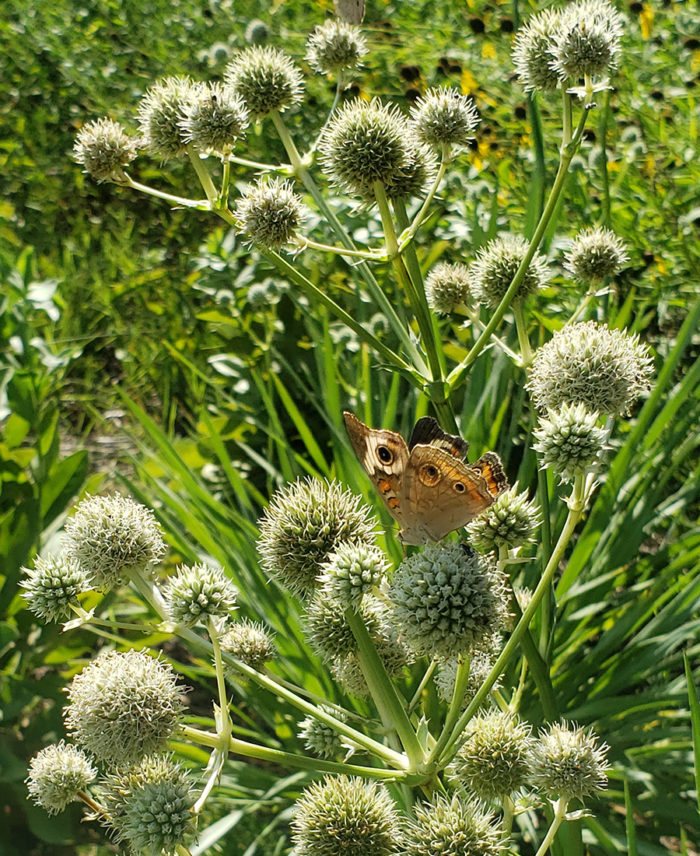
Pollinators are having their day in our sun. I’m talking about the focused rays of human attention and study. By now, you’ve heard the sobering statistics about the decline in insect species, especially how reduced numbers of pollinators can have huge ripple effects on our food supply and natural ecosystems. There is a lot of buzz about helping pollinators, and the exciting part is that gardeners can lend a hand while enjoying more plants at the same time!
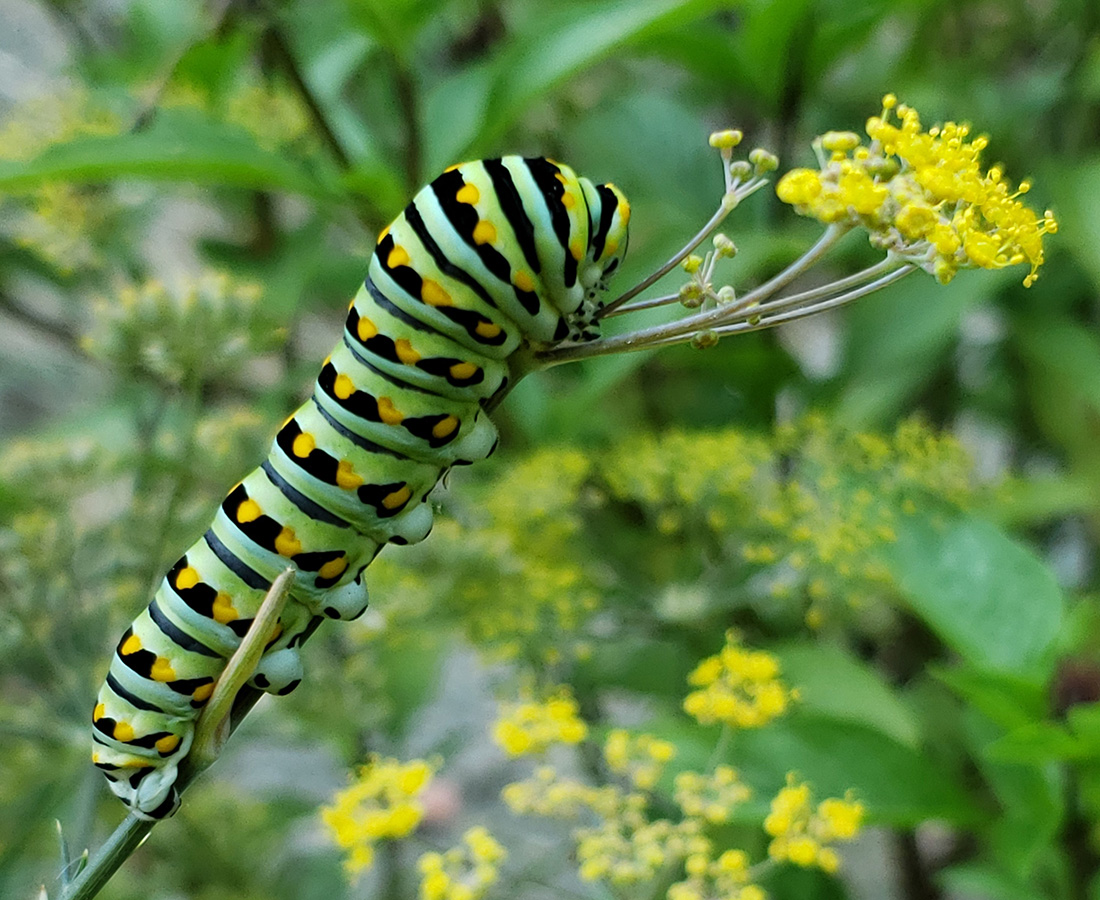
What’s a “pollinator powerhouse”?
It’s not hard to love a butterfly, and gardeners have long planted with an eye toward bringing them closer. But when it comes to the pollination, there are a whole world of industrious native bees, parasitic wasps, hoverflies, and beetles that are out there getting the job done. Help boost their ranks by avoiding insecticides and including more pollinator powerhouses in your garden. A pollinator powerhouse, in my book, is a plant that provides nectar and pollen to a wide array of different pollinators, not just a few. Some of them are also host plants for larvae (aka hungry caterpillars). The three plants I’ve chosen below that fit this criterion together cover the insect-active seasons of spring through fall with their bloom periods.
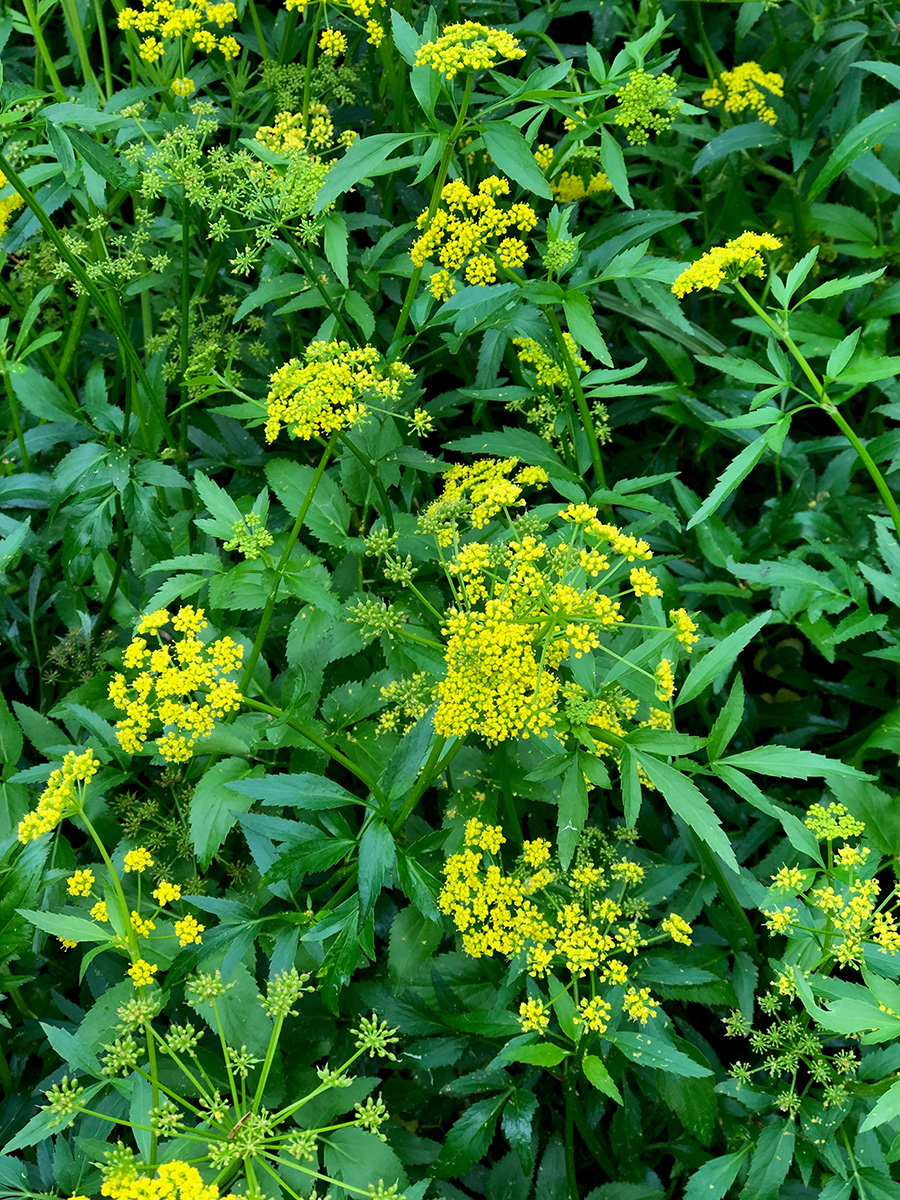
For spring: Golden Alexander
Golden Alexander (Zizia aurea, Zones 3–9) fits the bill for an early nectar (and pollen) source, some years blooming as early as March in Zone 8. In any other season the delicate golden umbels might be overlooked, but they grab my eye in spring, especially against the red of eastern columbine (Aquilegia canadensis, Zones 3–8) or the blues and pinks of early phloxes (Phlox spp. and cvs., Zones 3–8). I’m experimenting with using golden Alexander as a blending plant, weaving the 1.5-foot-tall clumps throughout my other perennials. This is a twofer pollinator plant—in addition to attracting many pollinators, its leaves host the caterpillars of the black swallowtail butterfly. If your dill is being devoured by caterpillars, gently relocate them to your golden Alexanders and everybody wins. Plant golden Alexanders where they can get at least six hours of sun and decent moisture, and you’ll have robust plants. They can take part shade and drier conditions too, but they’ll have sparser habits. Golden Alexander is short-lived (three to five years), but if you’ve planted at least two you’re likely to get seedlings to take their place.

For summer: Rattlesnake master
Rattlesnake master (Eryngium yuccifolium, Zones 4–9) has a common name only a mother could love. But its unique silvery, 4-foot-tall inflorescences are adored by a large diversity of pollinators—from butterflies to tiny bees to beneficial wasps. The blue-green-gray strappy foliage reminds me of yucca (Yucca spp. and cvs., Zones 4–11) and provides a clue to the drought-tolerance and sun-loving nature of this species. Its flower heads mature in midsummer and look like mini-satellites on stalks. But if you really want a lesson in perspective, go in close for a look and you’ll discover what the pollinators already know—each ball is a tightly packed mass of individual flowers with small white petals and stamens proudly exerted. Taking the wider aesthetic view, how does it work in the garden? Contrast, my friends! Its striking upright form and silvery color stand out against more relaxed plants in pedestrian shades of green.
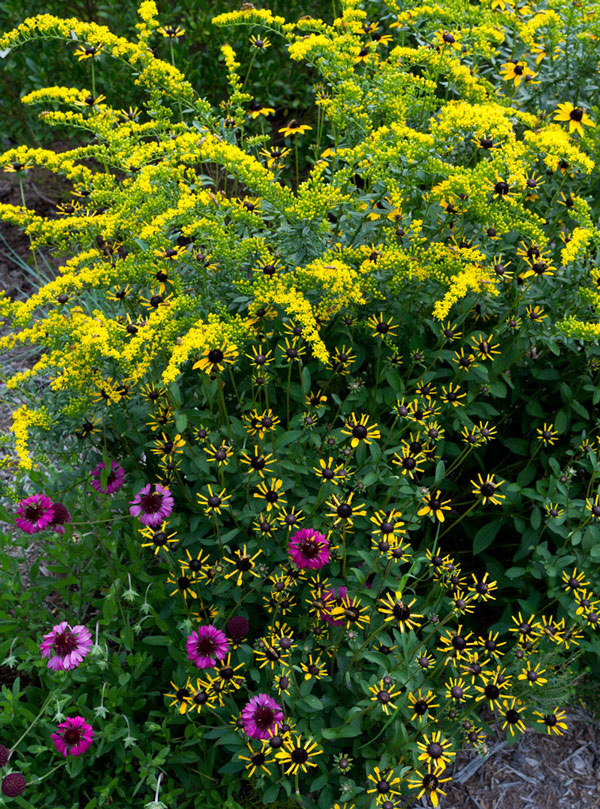
For fall: ‘Solar Cascade’ goldenrod
The fall-bloomer to complete my trio is ‘Solar Cascade’ goldenrod (Solidago shortii ‘Solar Cascade’, Zones 3–8). It just wouldn’t be right if I didn’t include at least one member of the sunflower family (Asteraceae), but goldenrods may just be the most pollinator-potent of them all. Not only are the late blooms a lifeline to almost any pollinator you can name, especially migrating monarchs, but their foliage serves as larval food to dozens of species. I like ‘Solar Cascade’ in particular because it offers all that in a shorter (2.5 feet tall), much more slowly spreading package than many other goldenrods. Its arching stems are covered in masses of tiny bright yellow flowers that evoke movement and are a great textural foil to bolder late-season perennials. Just about any spot in mostly sun with decent drainage will do for this tough plant.
These perennials also have a few characteristics in common. They’re all eastern North American natives, and they all have bloom clusters that are made up of groups of lots of tiny flowers. So be sure to move in a little closer to appreciate the beauty in their details. Then you can step back and let the pollinators get to work.
—Paula Gross is the former assistant director of the University of North Carolina at Charlotte Botanical Gardens.



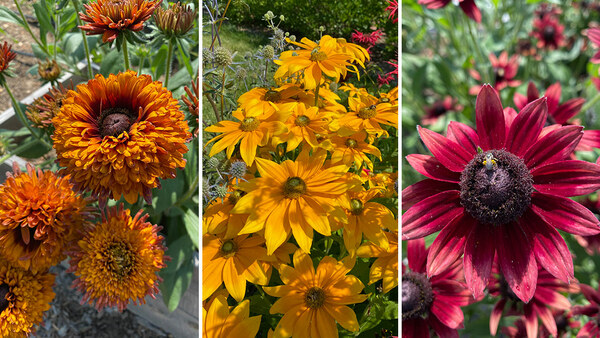














Comments
Log in or create an account to post a comment.
Sign up Log in